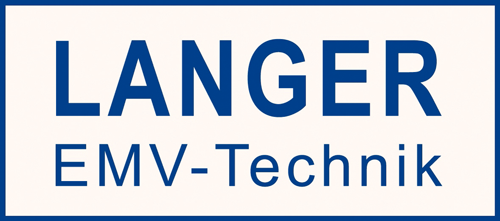MFA-K 0.1-12
Near-Field Micro Probe 100 MHz up to 6 GHz



Short description
The MFA-K 0.1-12 near-field micro probe has an extremely small probe head which functions like a coupling clamp. It allows for current measurements at IC pins and the finest conducting paths. The near-field micro probe is shielded from field lines entering the probe head laterally.
The hand-guided, high resolution MFA-K 0.1-12 is an active near-field micro probe that requires the BT 706 bias tee to operate. The near-field micro probe is used to measure magnetic fields up to 6 GHz especially at signal conductors (150 µm) or IC pins. In principle it has the same structure as the MFA-K 0.1-30, differing only in its frequency response.
Due to the special probe head design, magnetic fields which impinge the probe head laterally, e.g. from adjoining conductors, are not detected.
The direction of the coil is marked on the probe head with a black dot.
An amplifier stage is integrated into the probe head. The amplifier stage (9 V, 100 mA) is powered via the bias tee. It has an impedance of 50 Ω. The near-field micro probe is connected to a spectrum analyzer or oscilloscope with a 50 Ω input via the BT 706 bias tee. A power supply unit and the bias tee are included in the scope of delivery.
With the help of the correction lines, the probe’s output voltage is converted into either the respective magnetic field or the current running through the conductor.
The near-field micro probe is small and handy. It has a current attenuating sheath and is electrically shielded.


![Frequency response [dBµV] / [dBµA/m]](/fileadmin/Bilder300/Disturbance emission_near field probe_MFA-K 0.1-12_frequency response_en_wPZ.png?v=1766991609792)
![H-field correction curve [dBµA/m] / [dBµV]](/fileadmin/Bilder300/Disturbance emission_near field probe_MFA-K 0.1-12_H-field correction curve_en_wPZ.png?v=1766991609792)
![Current correction curve [dBµA] / [dBµV]](/fileadmin/Bilder300/Disturbance emission_near field probe_MFA-K 0.1-12_current correction curve_en_wPZ.png?v=1766991609792)
